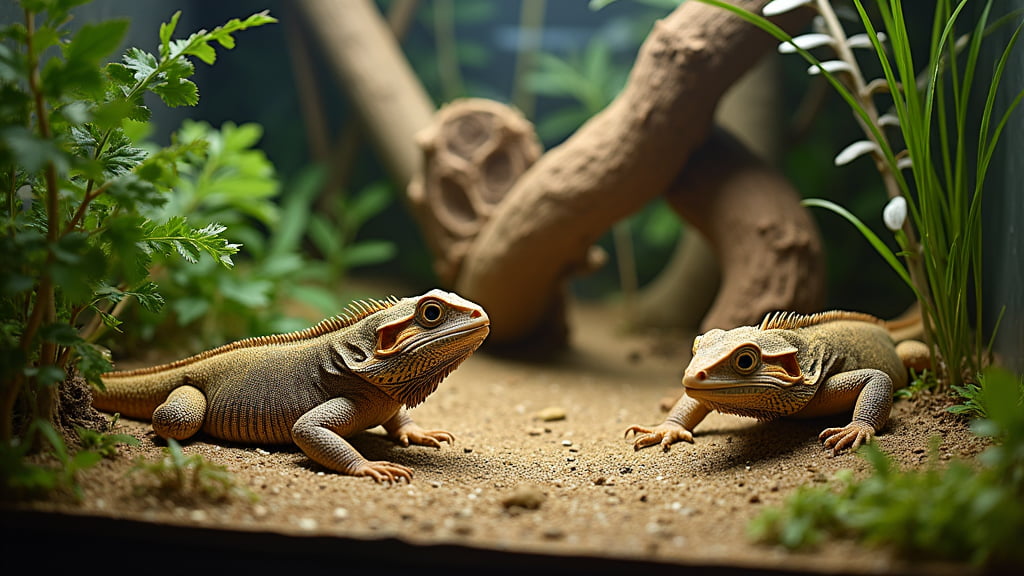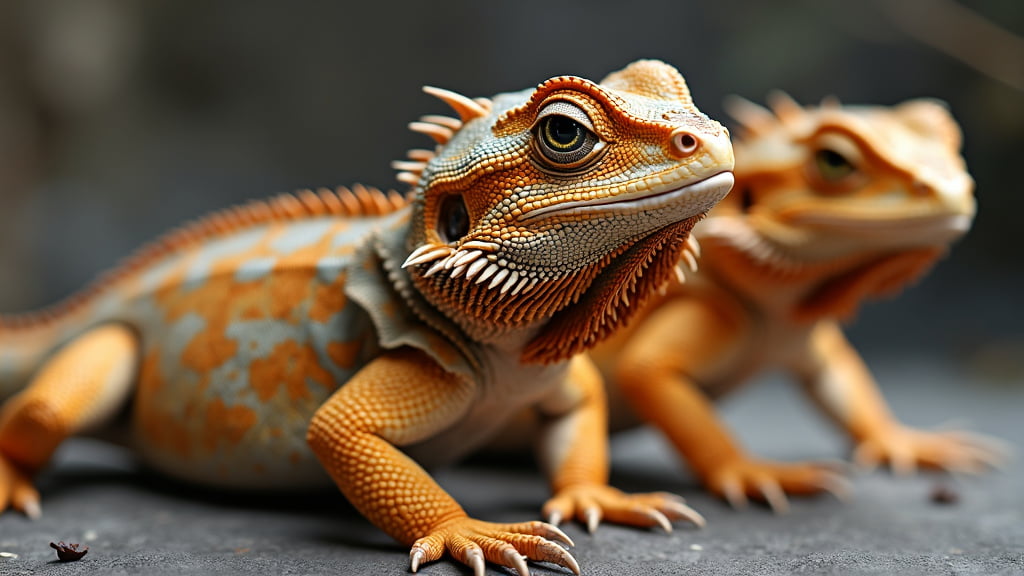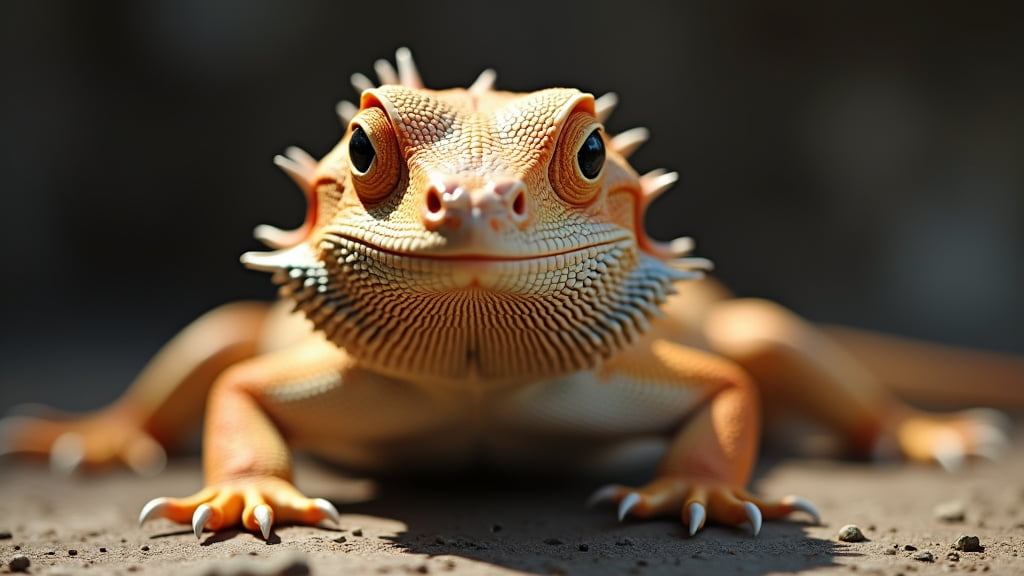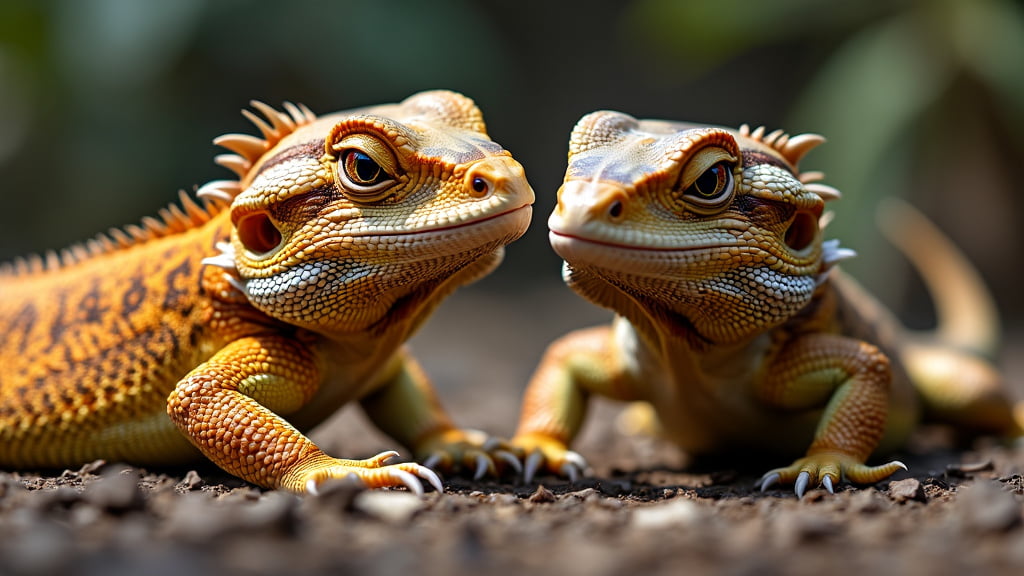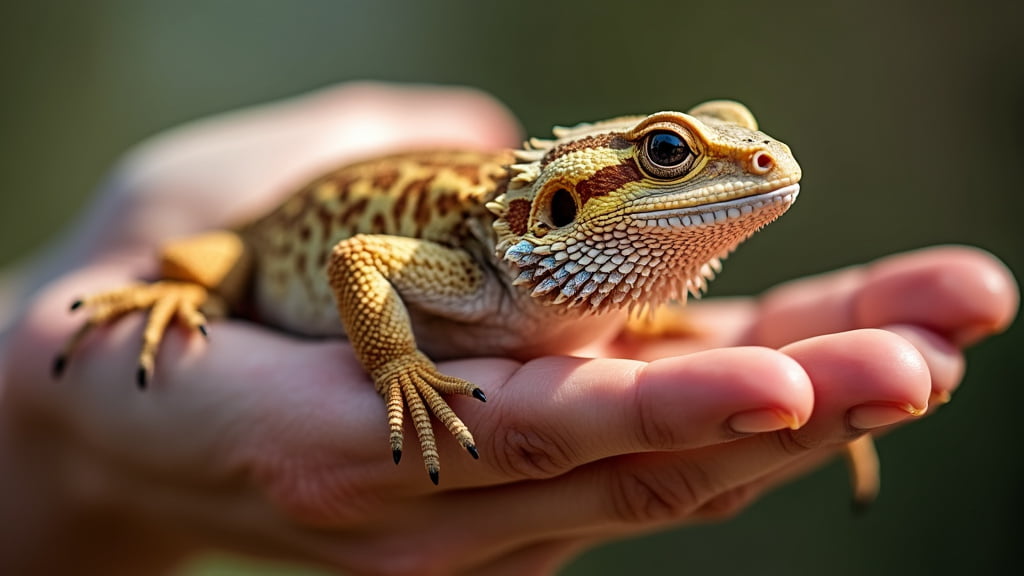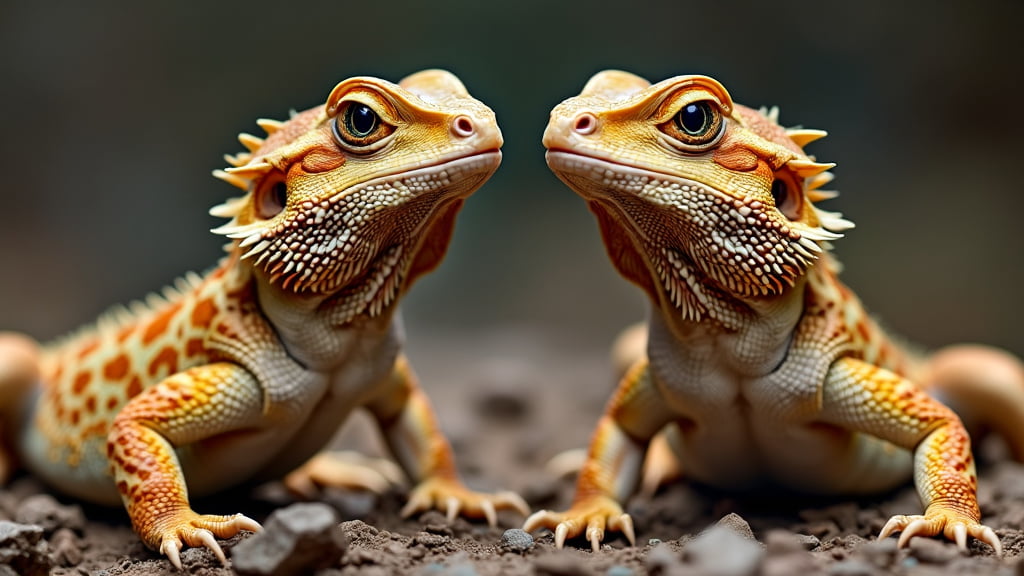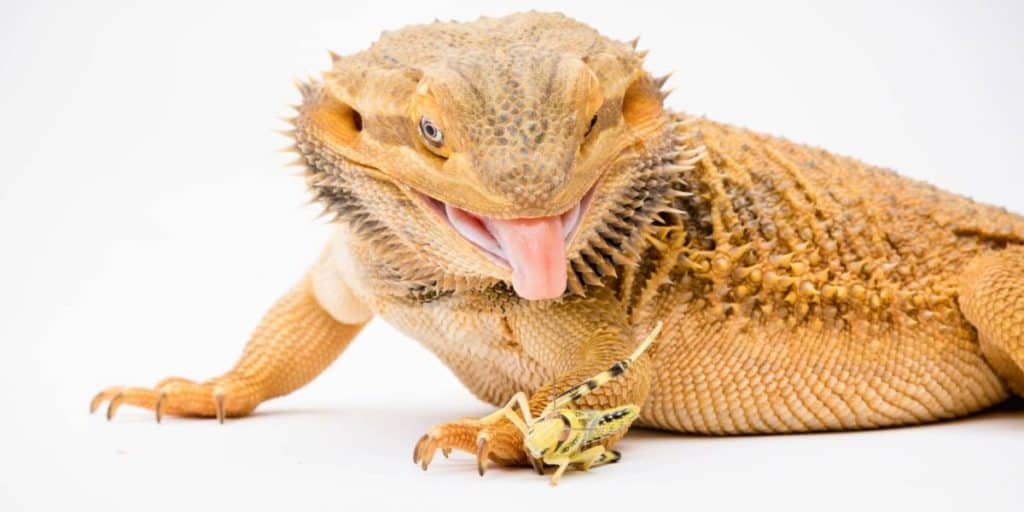Comprehensive guide on how to care for a bearded dragon.
Bearded dragons (Pogona) are lizards native to Australia that have gained popularity as pets due to their gentle temperament, distinctive appearance, and manageable care requirements. Their name derives from the spiky scales around their throat, which can be expanded to resemble a beard. These reptiles exhibit a range of colors, including brown, red, yellow, and […]
Comprehensive guide on how to care for a bearded dragon. Read More »


